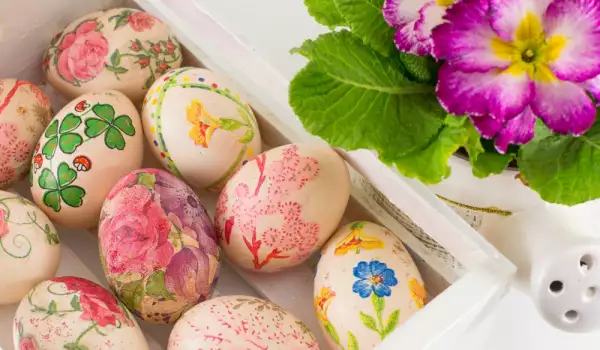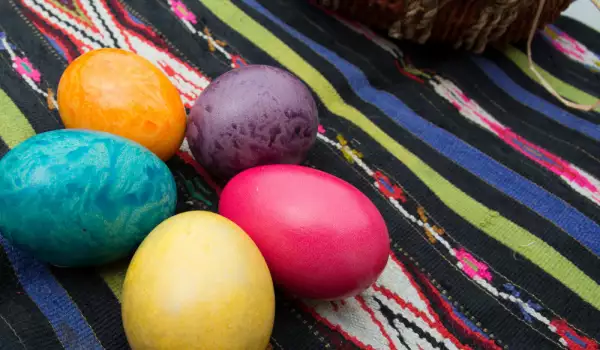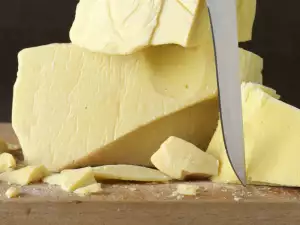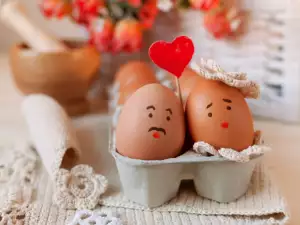If you are about to dye eggs for Easter for the first time, you probably want to present yourself well, make them beautiful, patterned, saturated or more delicate, unobtrusive in appearance and necessarily environmentally friendly.
Here are some helpful egg dyeing tips for beginners.
For this purpose, you need to prepare in advance. Egg selection is the first step to making intentions come true. White and lighter in appearance take the paint more easily, and if the goal is to only hint at the color, whites must be selected.
Boiling the eggs is the second step. Before the process, they are washed well and left at room temperature so that they do not crack. The bottom of the bowl should be lined with a soft cloth.
The eggs are arranged on it and poured with water, which must be salted to keep them in good shape. Finally, they are covered with a plate.
Boiling is good at a moderate temperature for about 20-30 minutes, so that they become hard and so they can last during the holidays.

If the intention is for egg dyes to be used for natural products, then the dyeing happens along with the boiling.
Here is a suggestion for dyeing eggs with onion flakes. This is a very old technique that allows to make beautiful marble Easter eggs.
Before boiling, each egg is wrapped in soaked to soften, add flakes and tightened with cheesecloth. After they are cooked, they become very impressive, especially when they are polished with oil.
The first color that comes to mind is red, since a red egg is a must for Easter. Beetroot is very suitable for a natural dye, it gives a bright and extremely pleasant shade.
When painting with paint, a little oil may drip into the vessel where it is dissolved. It will remain floating on top. When dipping the egg, where oil droplets stick, the paint does not stick.

Both single-color and multi-color dyes give very interesting results. What every newbie to dyeing eggs should remember is the rule about the first dyed egg - it must be red.
Other egg dyeing techniques are cotton dyeing, wax writing; coloring using petals and flowers to make prints. You can also make a hollow Easter egg to decorate the Easter festive table with.




















Comments